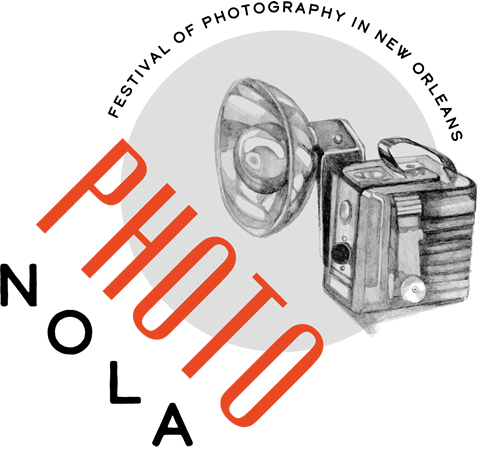
An Ideal Unity: The Bauhaus & Beyond
August 16, 2019 – March 15, 2020
Celebrating the centennial of the Bauhaus (1919–1933), An Ideal Unity explores the artistic breadth and reach of the innovative school that integrated fine arts and design. In response to the rise of industrial production and the movement away from individually made objects, architect Walter Gropius founded the school in Weimar, Germany, aspiring to unify the arts through craft. The goals of the institution grew to include creating an aesthetic that served the modern industrial society, designing for mass production, and incorporating technology to improve quality of life. An incubator for thought and experimentation, the Bauhaus invited students from around the world to rethink modes of making.
Though the Bauhaus closed in 1933 due to the rise of the Nazi regime, its influence continues to impact generations of artists, designers, and craftspeople. The theories and practices of the Bauhaus spread around the world as former teachers and students returned home or fled Europe during the second World War.
Including photographs, prints, drawings, and decorative arts from NOMA’s permanent collection, An Ideal Unity underscores the principles of the Bauhaus aesthetic and mission.
The exhibit includes photographs by Gertrud Arndt, Herbert Bayer, and Laszlo Moholy-Nagy, among others.
Image: Legs, 1928 by Herbert Bayer (Austrian, 1900–1985)

